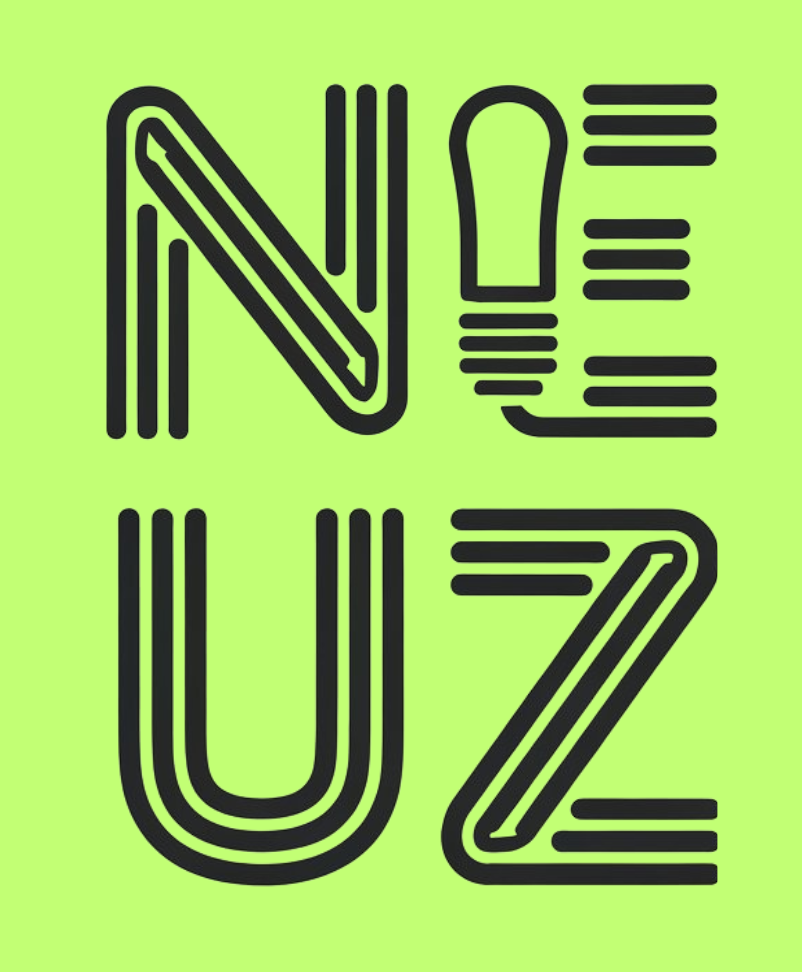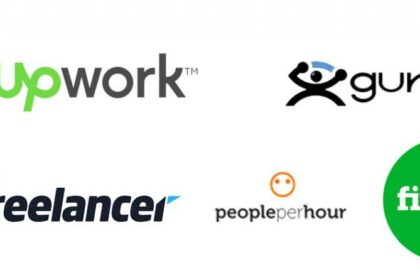Unlocking Freelancing: A Beginner’s Guide to Success
In a world where traditional office walls are gradually fading into the backdrop of a more flexible working landscape, the allure of freelancing beckons to many. Whether driven by the desire for independence, the passion to pursue personal projects, or the need for a better work-life balance, countless individuals find themselves contemplating the leap into the gig economy. However, navigating this new terrain can be both exciting and daunting, filled with endless possibilities yet fraught with challenges.
“Unlocking Freelancing: A Beginner’s Guide to Success” serves as a compass for those taking their first steps into this liberating yet intricate world. With practical insights, actionable tips, and a roadmap to avoid common pitfalls, this guide aims to empower newcomers to not just survive but thrive in their freelancing journey. Join us as we explore the essential elements that can transform your passion into a sustainable career, helping you unlock the door to your freelance success story.
Freelance Writing
is a world brimming with opportunities, especially for those who possess a passion for words and storytelling. To embark on this journey, understanding the essential aspects can significantly elevate your prospects. Start by honing your writing skills through consistent practice and feedback. Engaging in various writing styles, such as blog posts, articles, or copywriting, can help you discover your niche. Consider establishing a portfolio that showcases your best work; it not only demonstrates your talent but also builds credibility with potential clients. Remember, networking is crucial in this industry.
As you prepare to step into the arena, focus on several key elements:
- Identify Your Niche: Specialize in topics that resonate with you and have market demand.
- Build Your Online Presence: Create a professional website or utilize platforms like LinkedIn to boost your visibility.
- Pursue Continuous Learning: Invest time in online courses or workshops to enhance your writing and marketing skills.
- Set Clear Goals: Define what success means to you, whether it’s financial independence or creative fulfillment.
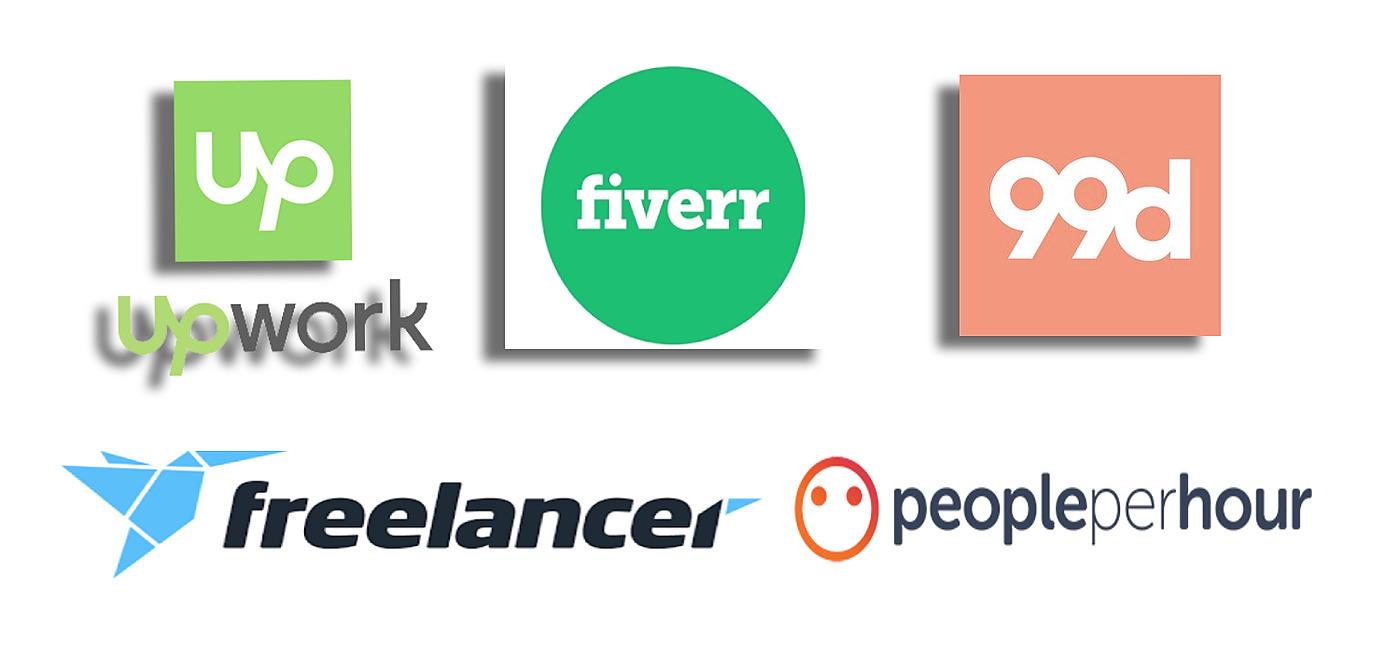
Freelancing Platforms
serve as the gateway for aspiring professionals to enter the gig economy. By registering on these websites, freelancers can showcase their skills, build portfolios, and connect with potential clients around the globe. Here are some popular options to consider when starting your freelancing journey:
- Upwork: Ideal for a wide range of freelance jobs—from writing to web development.
- Fiverr: Perfect for those who want to sell specific services at various price points.
- Freelancer: Offers numerous project categories, allowing for diverse job opportunities.
- Guru: Features a workroom where freelancers and clients can collaborate effectively.
- PeoplePerHour: Focuses on connecting freelance professionals with businesses in need of expertise.
When choosing a platform, consider evaluating factors such as fees, project variety, and user support. Below is a simple comparison of these platforms:
| Platform | Fees | Main Focus |
|---|---|---|
| Upwork | 20% (first $500) | General freelancing |
| Fiverr | 20% on all orders | Service-based gigs |
| Freelancer | 10% or $5 (whichever is greater) | Various projects |
| Guru | 5% to 9% | Collaborative work |
| PeoplePerHour | 20% for first £500 | Professional services |

Freelance Graphic Design
Embarking on a journey in graphic design as a freelancer can be both thrilling and daunting. To set yourself up for success, it’s crucial to build a robust portfolio that showcases your unique style and skills. Consider incorporating the following elements into your portfolio:
- Variety of Work: Include a diverse range of projects, from branding to digital illustrations.
- Case Studies: Present the thought process behind your designs to give potential clients insight into your creative journey.
- Client Testimonials: Positive feedback can increase your credibility and attract more business.
Networking plays a pivotal role in establishing a career. Engaging with online communities and attending industry events can help expand your professional connections. Here are some effective strategies:
- Social Media Presence: Share your projects on platforms like Instagram and Behance to attract followers and potential clients.
- Design Contests: Participate in competitions to gain exposure and recognition.
- Collaborative Projects: Working with other creatives can lead to exciting opportunities and broaden your skill set.
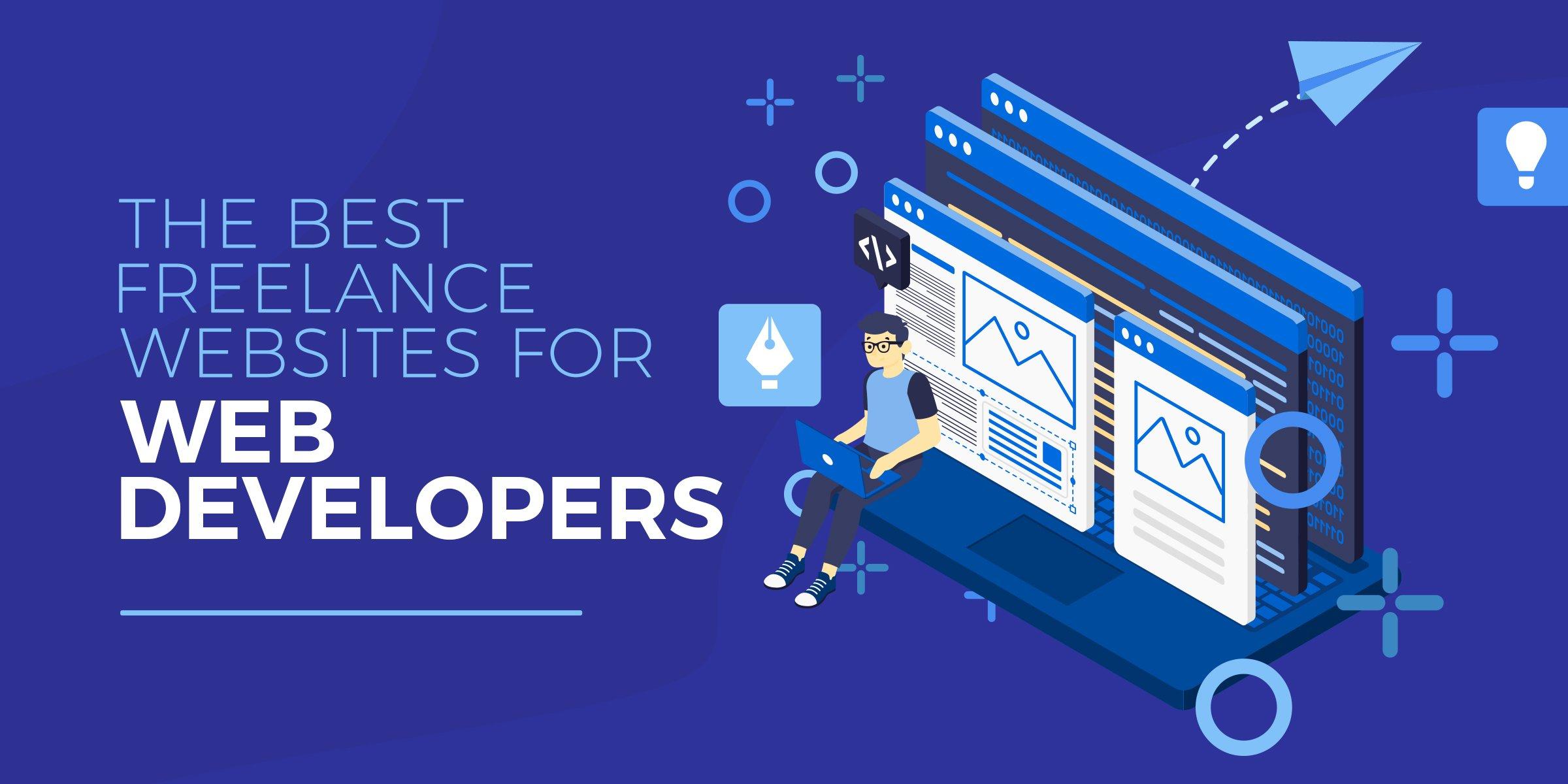
Freelance Web Development
Starting a journey in can be both exhilarating and daunting. As you dip your toes into this dynamic field, consider honing the following essential skills to set a solid foundation for your career:
- HTML & CSS: The building blocks of web design, essential for structuring and styling any website.
- JavaScript: Adds interactivity and enhances user experience across web platforms.
- Responsive Design: Ensures your websites look great on all devices, from desktops to smartphones.
- Version Control: Use tools like Git to manage changes in your projects efficiently.
- SEO Fundamentals: Understanding how to optimize your websites for search engines can greatly improve visibility.
As you grow your skill set, creating an effective portfolio becomes crucial. This showcase will act as your calling card when attracting potential clients. Your portfolio should express your unique style and highlight your best work through:
| Element | Description |
|---|---|
| Project Variety | Include different types of projects to demonstrate versatility. |
| Case Studies | Detail the challenges faced and solutions provided in past projects. |
| User Testimonials | Add quotes from satisfied clients to build trust and credibility. |
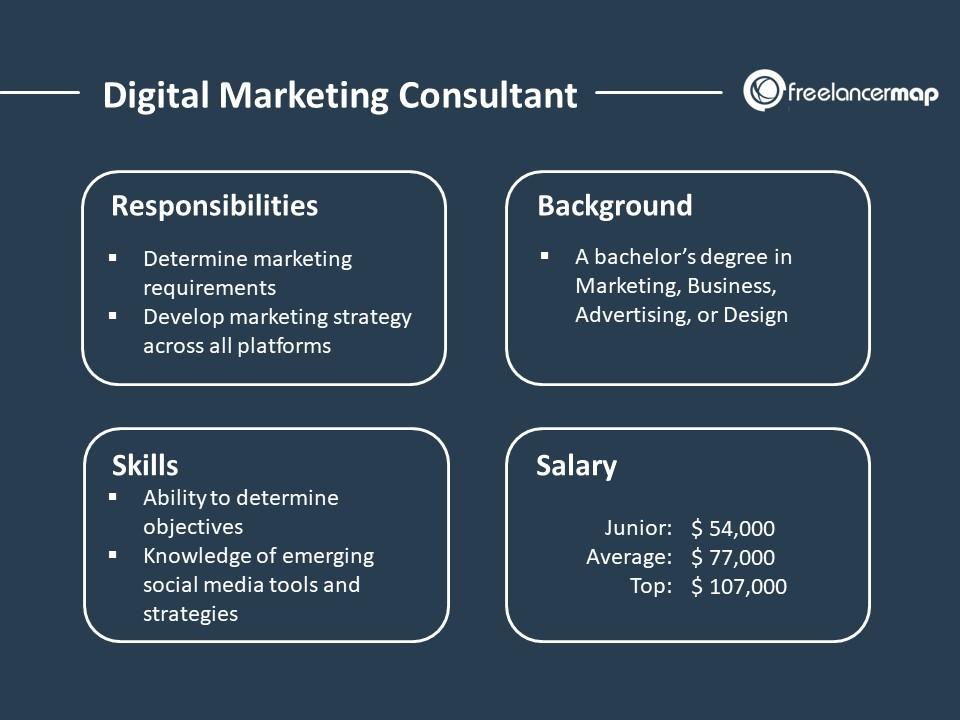
Freelance Marketing Consultant
Embracing the role of a opens up a world of flexibility and opportunity. As a consultant, your unique blend of skills can help businesses navigate the complex digital landscape. Consider key service areas such as:
- Social Media Strategy – Crafting compelling narratives to enhance brand visibility.
- Content Marketing – Developing engaging content that drives traffic and conversions.
- SEO Optimization – Utilizing keywords and best practices to elevate organic search rankings.
- Email Campaigns – Creating targeted campaigns to nurture leads and boost sales.
To excel in this competitive environment, cultivate a strong personal brand. Showcase your expertise by creating a professional website and leveraging social media platforms. A strategic approach to networking is crucial; consider options such as:
- Attending industry conferences to connect with potential clients.
- Joining online communities to exchange insights and resources.
- Offering free workshops as an entry point to engage with local businesses.
| Consulting Skills | Benefits |
|---|---|
| Analytics Proficiency | Data-driven decisions for effective strategy. |
| Creative Problem Solving | Innovative solutions tailored to client needs. |
| Communication | Clear messaging enhances collaboration. |

Freelancing for Beginners
Stepping into the world of freelancing can feel overwhelming, but with the right approach, it can open doors to exciting opportunities. One of the first steps to consider is identifying your skill set. Whether you’re a writer, designer, developer, or marketer, honing in on what you can offer is crucial. Make a list of your skills, and evaluate which ones are in demand in the freelance market. Joining platforms like Upwork or Fiverr can also be beneficial, allowing you to showcase your work and connect with potential clients effectively. A well-crafted portfolio is vital; it should demonstrate not just your style but also the impact of your work through compelling case studies. Remember to keep it updated as you gain more experience and new projects.
Networking plays a significant role in establishing a freelance career. Engaging with communities – both online and offline – can help build relationships and provide useful insights. Consider joining social media groups, forums, or even attending local events to meet like-minded individuals. Here are a few tips to enhance your networking efforts:
- Participate in relevant discussions.
- Share your work and insights regularly.
- Offer help to others in your network.
Additionally, it’s essential to develop your personal brand. This involves curating your online presence, establishing a professional website, and maintaining consistency across your profiles. The more you invest in building your brand, the easier it will be for clients to recognize your value. Below is a simple comparison chart of platforms you might consider for freelancing:
| Platform | User Base | Ideal For |
|---|---|---|
| Upwork | Large | Various Industries |
| Fiverr | Growing | Creative Services |
| Freelancer | Active | Project-Based Work |
| Guru | Established | Technical Experts |

Freelance Project Management
Successfully managing freelance projects requires a blend of organization, communication, and adaptability. As a freelancer, you are often juggling multiple clients, each with unique demands and deadlines. To thrive in this environment, it’s essential to utilize various tools and strategies that streamline your workflow. Consider implementing project management software that allows you to track deadlines, assign tasks, and store important documents in a centralized location. This can help you maintain clarity and efficiency throughout the project lifecycle. Additionally, practice effective communication with clients to set clear expectations from the outset, as this fosters transparency and strengthens professional relationships.
Establishing a well-defined workflow can significantly enhance your productivity. Prioritize tasks using a method tailored to your style—be it the Eisenhower Matrix or the Pomodoro Technique. Creating a simple checklist for each project can also provide structure and keep you on track. When deadlines loom, don’t hesitate to assess and adjust your priorities to ensure timely delivery. Using a collaboration tool can further enhance your efficiency, enabling real-time feedback from clients and facilitating discussions. Here’s a brief overview of some essential project management tools you might consider:
| Tool | Best For | Key Feature |
|---|---|---|
| Trello | Visual task tracking | Card-based system for organizing tasks |
| Asana | Team collaboration | Task assignment & timelines |
| Slack | Communication | Real-time messaging |
| ClickUp | All-in-one management | Customizable workflows |

Remote Freelance Jobs
As the world embraces digital transformation, have surged in popularity, offering individuals the chance to work from anywhere with a reliable internet connection. This flexibility is not only appealing but serves as a gateway for many to explore their professional passions without the constraints of traditional office environments. From graphic design and content writing to programming and digital marketing, the breadth of opportunities available online is vast. By leveraging platforms like Upwork, Fiverr, and Freelancer, aspiring freelancers can easily connect with clients seeking their unique skills.
To thrive as a remote freelancer, it’s essential to cultivate certain skills and habits that enhance productivity and effectiveness. Here are some key considerations to keep in mind:
- Time Management: Mastering your schedule ensures that deadlines are met and clients remain satisfied.
- Communication: Clear, concise communication fosters trust and prevents misunderstandings with clients.
- Portfolio Development: Regularly update your portfolio with recent work to attract potential clients.
- Networking: Join online communities and professional groups to connect and collaborate with fellow freelancers.
| Skill | Description |
|---|---|
| Adaptability | Ability to adjust to various client needs and feedback. |
| Self-discipline | Staying focused and motivated without external oversight. |
| Technical Proficiency | Familiarity with tools necessary for remote work, such as project management software. |

Freelance Photography
Embarking on a journey in offers unparalleled freedom and the chance to express your creativity through the lens of your camera. As a newcomer, it’s essential to carve out a niche that resonates with your personal style and interests. Whether you are drawn to portraits, landscapes, or event photography, honing your skills in a specific area can help you build a recognizable brand and attract the right clientele. Utilizing social media platforms like Instagram and Facebook is vital for showcasing your portfolio; these channels allow you to connect with potential clients and other creatives who can inspire you.
Equipped with the right tools, your journey can begin with some key strategies to elevate your freelance career. Start by investing in high-quality gear and familiarizing yourself with photo editing software to improve your workflow. Networking is equally crucial, so consider joining local photography groups or online forums where you can share insights and collaborate. Below is a simple roadmap that highlights essential steps to kickstart your career:
| Step | Description |
|---|---|
| Define Your Brand | Establish a unique style and message that represents you. |
| Build a Portfolio | Curate your best work to showcase your capabilities and style. |
| Network | Engage with other photographers and potential clients online and in-person. |
| Promote Yourself | Utilize social media and personal websites to reach a wider audience. |

Freelance Video Editing
As a freelance video editor, you hold the power to transform raw footage into captivating visual stories. The first step on this journey is mastering the tools of your trade. Familiarize yourself with industry-standard software such as Adobe Premiere Pro, Final Cut Pro, and DaVinci Resolve. Embrace online tutorials and engage with communities on platforms like YouTube and Reddit, where a wealth of knowledge and tips awaits you. Additionally, building a versatile portfolio showcasing a variety of styles—including promotional videos, music videos, and short films—will help you attract potential clients.
To thrive in this competitive landscape, hone essential skills beyond technical proficiency. Effective communication is crucial as it helps you understand client expectations and convey your creative vision. Consider adopting these strategies to enhance your freelance journey:
- Networking: Attend industry events, workshops, or local meetups to connect with potential clients and other professionals.
- Time Management: Utilize project management tools to keep track of deadlines and client revisions.
- Continuous Learning: Stay updated with the latest trends and techniques in video editing.

Freelance Social Media Manager
Stepping into the world of freelancing as a social media manager opens up a dynamic avenue to showcase your creativity and strategic thinking. This role requires you to master the art of creating engaging content, curating targeted posts, and analyzing performance metrics. You will find it beneficial to hone certain skills that are pivotal for success:
- Content Creation: Designing visually appealing graphics and crafting compelling captions.
- Analytics: Utilizing tools to track engagement and adapt strategies accordingly.
- Community Management: Interacting with followers to build a loyal online community.
- Trend Awareness: Keeping up with social media trends to ensure your content remains relevant.
To effectively manage your freelance clients, establish a workflow that emphasizes communication and organization. Consider building a simple project management table that includes client details, deliverables, and deadlines. This not only enhances professionalism but also helps keep everything on track:
| Client Name | Project Deadline | Deliverables |
|---|---|---|
| Brand A | Jan 15, 2024 | Weekly posts, Monthly analytics report |
| Brand B | Feb 1, 2024 | Ad campaigns, Engagement strategy |
By implementing these strategies, you can tailor your services to meet diverse client needs while fostering your growth as a successful .

Freelance SEO Expert
In the ever-evolving world of digital marketing, one skill that stands out as essential for businesses is search engine optimization (SEO). As a , you can leverage your expertise to help clients enhance their online presence, drive organic traffic, and improve their search engine rankings. To start, familiarize yourself with fundamental SEO practices, including keyword research, on-page optimization, and link building. Consider integrating tools such as Google Analytics and SEMrush into your workflow, which can provide valuable insights and data to optimize your strategies.
Once you’ve established a solid understanding of SEO principles, building a strong portfolio is crucial. Showcase your skills through case studies, detailing the SEO strategies you implemented and the results achieved. Networking is equally important—connecting with businesses and fellow freelancers can open doors to new opportunities. Here are some effective ways to enhance your profile as an SEO expert:
- Create a professional website to showcase your services and client testimonials.
- Engage in online communities to share your knowledge and learn from others.
- Attend webinars and workshops to stay updated with industry trends and best practices.

Freelance Copywriting
Embarking on a copywriting career as a freelancer opens doors to creative freedom and financial potential. To thrive in this competitive landscape, it’s crucial to harness your unique voice and develop an understanding of market needs. Start by mastering the fundamental skills, including:
- Research skills: Know your audience and speak their language.
- SEO knowledge: Optimize your content to get noticed by search engines.
- Persuasive writing: Create compelling narratives that drive action.
Once you grasp these essentials, cultivate your portfolio with samples that showcase your versatility. Consider collaborating with small businesses or non-profits for tangible experience. It’s also beneficial to join relevant communities where you can:
- Network with others: Make connections that could lead to referrals.
- Share insights: Engage in discussions to refine your skills.
- Stay updated: Follow industry trends and adapt accordingly.
By committing to continuous learning and actively marketing your services, you’ll pave your path toward success in .

Freelance Business Tips
Starting your journey as a freelancer can be exciting yet daunting. To set yourself up for success, building a strong personal brand is essential. This includes defining your niche and clearly communicating what skills you bring to the table. Make sure to showcase your work through a professional portfolio, whether it’s on a personal website or a dedicated platform. In addition, don’t underestimate the power of networking. Engaging with peers on social media, attending industry events, or joining local networking groups can open doors to new opportunities you may have never considered.
Another crucial aspect is to establish a structured routine that aligns with your work style. Freelancers often thrive on flexibility, but having a consistent schedule helps maintain productivity. Consider these key strategies to manage your time effectively:
- Time Blocking: Allocate specific time slots for different tasks.
- Prioritization: Use tools like the Eisenhower Box to decide what tasks are urgent and important.
- Breaks: Incorporate regular breaks to avoid burnout and maintain creativity.
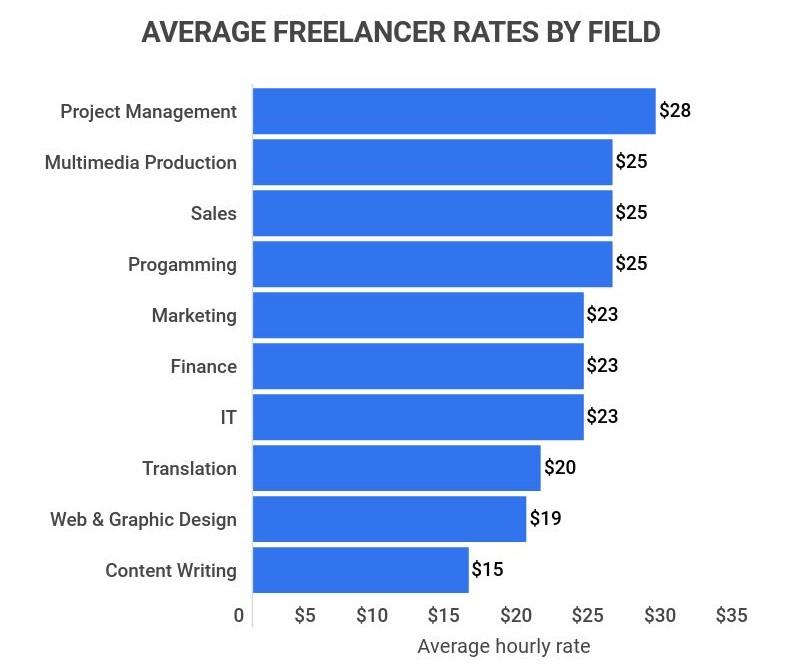
Freelance Rates and Pricing
Determining your freelance rates can feel like navigating a maze, but it’s essential for establishing your value in the marketplace. Here are a few key factors to consider when setting your prices:
- Experience: Adjust your rates according to your level of expertise. Beginners may start lower, while seasoned professionals can command a premium.
- Market Demand: Research industry standards for your specific niche. This will help you gauge what clients are willing to pay.
- Project Complexity: Evaluate the difficulties and time commitment each project entails. More complex tasks warrant higher rates.
Many freelancers opt for an hourly or project-based pricing model. Here’s a glimpse into how these approaches compare:
| Pricing Model | Pros | Cons |
|---|---|---|
| Hourly Rates | Flexibility: Payment for actual hours worked. | Unpredictability: Costs can escalate unexpectedly. |
| Project-Based Pricing | Clarity: Fixed price agreed upon upfront. | Risk: Underestimating time can lead to losses. |
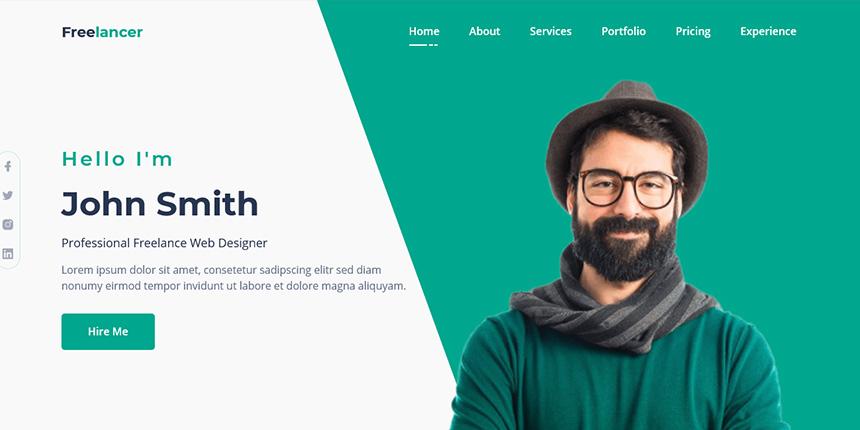
Building a Freelance Portfolio
Creating an impressive freelance portfolio is essential for attracting clients and showcasing your unique skill set. Start by selecting high-quality samples of your work that not only demonstrate your abilities but also reflect the type of projects you want to attract. Make sure your portfolio is easy to navigate; consider organizing it by categories or themes to help potential clients find relevant samples quickly. You might include:
- Case Studies: Detail the problem, your approach, and the results.
- Visuals: Include images or screenshots that showcase your work.
- Client Testimonials: Highlight feedback that solidifies your credibility.
- An About Section: Share your background, expertise, and what sets you apart.
Your portfolio should not only showcase your existing work but also evolve with you. Regularly update it with new projects and remove outdated samples to keep your presentation fresh and relevant. To provide further context for your work, consider incorporating a short table that summarizes key project details:
| Project Name | Type | Client | Year |
|---|---|---|---|
| Brand Revamp | Design | XYZ Corp | 2023 |
| Website Development | Web | ABC Ltd. | 2022 |
| Social Media Campaign | Marketing | 123 Inc. | 2023 |
Ultimately, your portfolio is a reflection of your journey and should resonate with the audience you aim to attract. With a thoughtful approach to both design and content, your portfolio can truly unlock opportunities in the freelancing world.
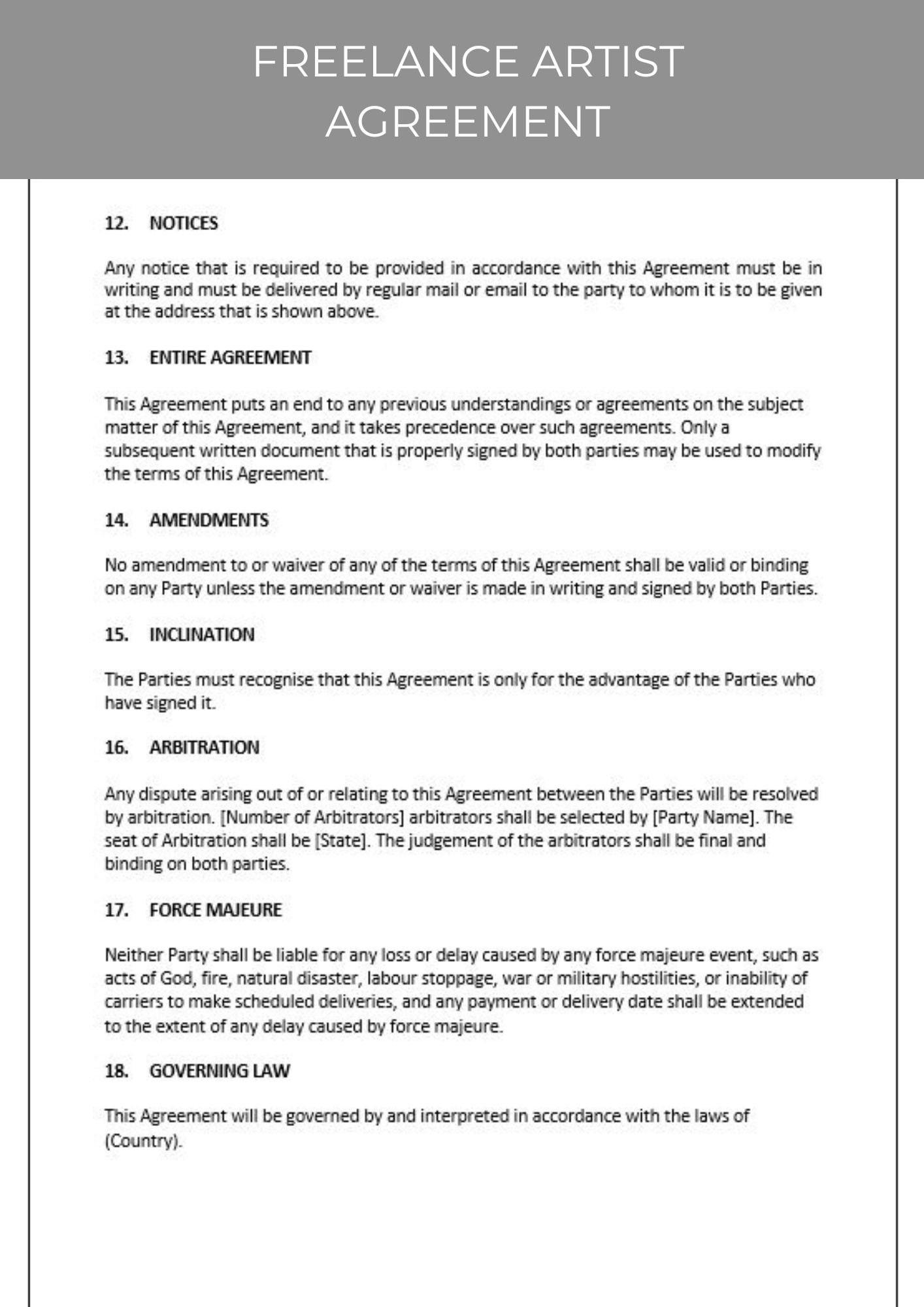
Freelance Contract Templates
One of the cornerstones of a successful freelance career is having the right tools at your disposal, and contracts are essential. not only protect your rights but also set clear expectations for both you and your clients. A well-structured contract typically includes important elements such as:
- Scope of Work: Clearly defining the services you will provide.
- Payment Terms: Outlining rates, payment schedules, and methods.
- Deadline: Establishing timelines for deliverables.
- Confidentiality Clauses: Protecting sensitive information.
- Termination Conditions: Conditions under which either party can end the contract.
Using templates can streamline your workflow and help you focus more on your craft rather than the paperwork. Numerous resources online offer customizable templates that serve as a solid foundation. Here’s a simple table highlighting a few popular sources:
| Source | Type of Template | Price |
|---|---|---|
| Freelancer.com | Basic Contract | Free |
| LawDepot | Comprehensive Contract | $29.95 |
| PandaDoc | Template Library | Subscription Starts at $19/month |
Implementing these templates can save time, reduce disputes, and foster positive working relationships. Remember, while templates are a great start, personalizing your contracts to reflect the specific nuances of your project and client helps ensure clarity and builds trust.

Freelance Time Management
Mastering your schedule is a crucial skill for freelancers. Establishing a routine helps you create a consistent workflow that boosts productivity while ensuring that you maintain a balanced lifestyle. Here are some tips to manage your time effectively:
- Set Clear Goals: Break projects into smaller, manageable tasks.
- Use Productivity Tools: Leverage apps like Trello or Asana to keep track of deadlines.
- Designate Work Hours: Create specific blocks of time dedicated solely to work.
- Embrace Breaks: Short breaks can enhance focus and creativity.
Your environment plays a significant role in your efficiency. Minimizing distractions can lead to better focus and quality output. Creating a designated workspace, whether it’s a home office or a cozy café corner, signals to your brain that it’s time to work. Consider these strategies:
| Strategy | Description |
|---|---|
| Declutter Your Space | A tidy workspace can lead to a clearer mind. |
| Noise Control | Use headphones or ambient noise to minimize background sounds. |
| Limit Social Media | Set specific times to check social platforms to avoid distractions. |

Freelance Networking
Building a network as a freelancer is fundamental to unlocking opportunities and gaining visibility in your niche. The world of freelancing can often feel isolating, but by connecting with the right individuals, you can cultivate relationships that lead to collaborations, referrals, and mentorship. Here are some effective ways to broaden your network:
- Join online communities: Platforms like LinkedIn, Reddit, and specialized forums can offer invaluable insights and connections.
- Participate in local meetups: Attending workshops or networking events can help you meet other freelancers and industry professionals face-to-face.
- Engage on social media: Regularly share your work on Instagram or Twitter, and engage with others in your field to build rapport.
- Create a personal brand: A strong online presence can attract others to you, establishing credibility and inviting networking opportunities.
To further illustrate the potential benefits of networking, consider the following table that showcases different types of connections and their respective advantages:
| Connection Type | Advantages |
|---|---|
| Mentors | Gain insight and guidance based on their experiences. |
| Peers | Share knowledge, resources, and find collaborative opportunities. |
| Clients | Build lasting relationships that lead to repeat business. |
| Industry Experts | Stay informed about trends and best practices. |

Freelancing in Tech
In the ever-evolving landscape of technology, freelancing offers a dynamic opportunity to engage with projects that pique your interest while maintaining flexibility in your schedule. Whether you’re a developer, designer, or data analyst, the key to thriving in this sphere lies in building a strong personal brand. Focus on showcasing your expertise by:
- Creating a Portfolio: Highlight your best work and projects.
- Nurturing a Professional Network: Connect with others on platforms like LinkedIn.
- Participating in Online Communities: Join forums or groups related to your expertise.
As you embark on your freelancing journey, it’s essential to understand the nuances of client management. Clear communication and setting expectations from the outset can significantly reduce misunderstandings. Consider implementing the following practices:
- Establishing Clear Contracts: Define the scope, deliverables, and timelines.
- Regular Check-Ins: Maintain consistent communication to address any concerns.
- Seeking Feedback: Use client input to refine your services and approach.
| Freelancing Benefits | Considerations |
|---|---|
| Flexibility in Work Hours | Irregular Income |
| Diverse Project Opportunities | Self-Management Required |
| Ability to Choose Clients | No Employee Benefits |
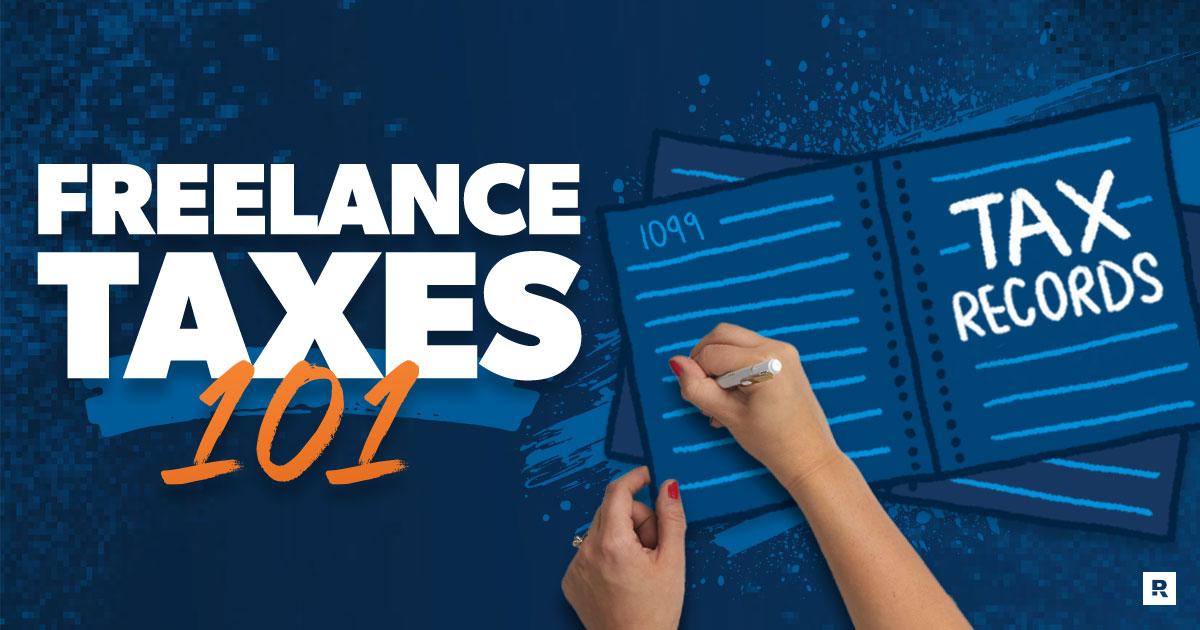
Freelance Taxes and Accounting
As a freelancer, navigating the world of taxes and accounting can feel daunting. It’s crucial to understand that managing your finances effectively is not just about filing taxes; it’s about establishing a solid foundation for your business. Begin by keeping meticulous records of all your income and expenses, as this will simplify the process when tax season rolls around. Consider investing in reliable accounting software or hiring a professional accountant who specializes in freelance tax law. This can help ensure compliance and optimize your tax deductions.
To make tax season less stressful, familiarize yourself with the various forms you’ll need, such as Schedule C for reporting self-employment income and Form 1040 for your annual income tax return. Below is a simple checklist for your tax preparation:
- Track Income: Record all client payments received.
- Document Expenses: Keep receipts for business-related costs.
- Estimate Quarterly Taxes: Budget for self-employment tax payments.
| Tax Form | Description |
|---|---|
| Schedule C | Profit or Loss from Business |
| Form 1040 | Individual Income Tax Return |
| Form SE | Self-Employment Tax |
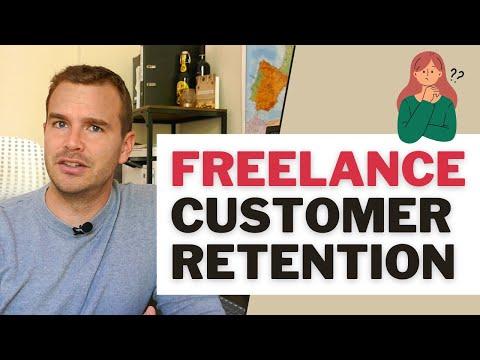
Freelance Client Retention
Building lasting relationships with clients is crucial for any freelancer aiming to achieve sustainable growth. Retaining clients can be more efficient than constantly seeking new ones, which requires time and resources. To strengthen your connection with clients, consider these strategies:
- Clear Communication: Maintain open lines of communication to understand client needs and expectations.
- Consistency: Deliver quality work consistently to establish trust and reliability.
- Personal Touch: Personalize your interactions by remembering important details about their preferences and projects.
In addition to these strategies, enhancing client retention can involve understanding the nuances of their business landscape. Regularly seek feedback to demonstrate your commitment to improvement and tailor your services accordingly. Offering incentives for repeat business can also be effective. Here’s a simple overview:
| Incentive Type | Description |
|---|---|
| Discounts | Offer reduced rates for clients who continue to work with you on future projects. |
| Exclusive Offers | Provide special packages or services available only to returning clients. |
| Referral Bonuses | Reward clients for referring new business to you, creating a win-win scenario. |

Freelancing Full-Time vs Part-Time
Choosing between full-time and part-time freelancing depends significantly on your personal goals, financial needs, and lifestyle preferences. Full-time freelancing allows you to immerse yourself completely in your craft, dedicating exhaustive hours toward building a robust portfolio and establishing long-term client relationships. This path can lead to greater income potential, as you can take on multiple projects simultaneously and stay more focused on your career trajectory. However, it requires strong self-discipline and may come with the pressure of inconsistent income, making it crucial to have a financial cushion.
On the other hand, part-time freelancing offers flexibility, enabling you to balance a regular job alongside your freelance pursuits. This approach can be ideal for those who want to explore freelancing without completely diving in, thus minimizing risk. You might find it easier to manage your finances and gradually build a client base while maintaining job security. It’s also an excellent way to test the waters and determine if freelancing aligns with your passions and long-term aspirations before making a full commitment.
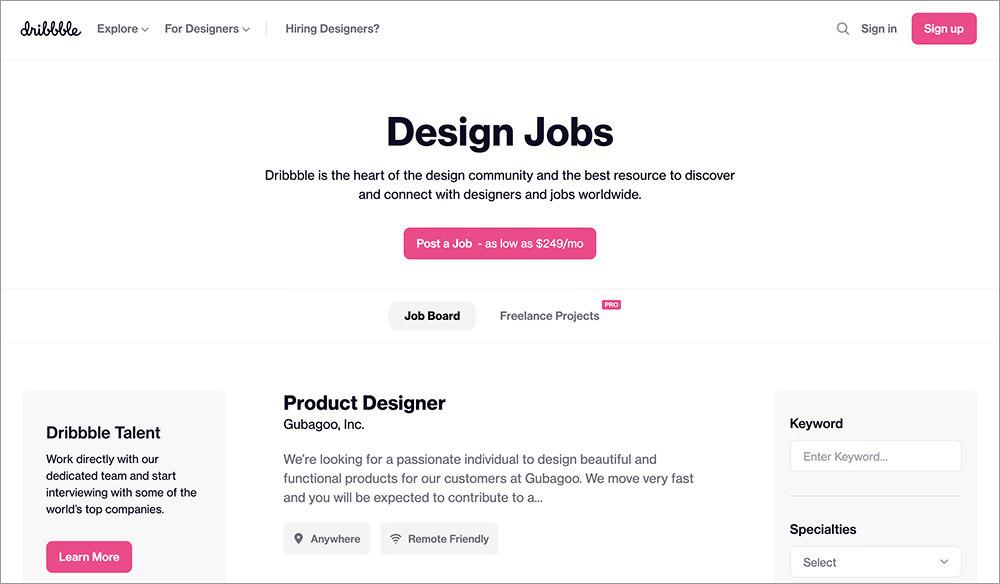
Freelance Job Boards
For aspiring freelancers, navigating the sea of available opportunities can feel overwhelming. However, utilizing dedicated platforms can simplify the process and increase your chances of landing your first job. Here are some popular to explore:
- Upwork: Ideal for a variety of skills, from writing to graphic design.
- Fiverr: A platform to showcase your services and attract clients through fixed-price offers.
- Freelancer: A competitive marketplace where you can bid on projects tailored to your skills.
- Guru: Offers a user-friendly interface for both freelancers and employers.
Each of these platforms provides unique features that cater to different needs and preferences. For example, some sites may prioritize short-term projects while others focus on long-term contracts. By understanding the strengths of each board, you can tailor your search for gigs effectively. Below is a comparison table of key features:
| Job Board | Best For | Fee Structure |
|---|---|---|
| Upwork | Diverse skill sets | 20% service fee |
| Fiverr | Service packages | 20% commission on sales |
| Freelancer | Competitive bidding | 10% fee on project payouts |
| Guru | Freelancer portfolios | 5%-9% based on membership |
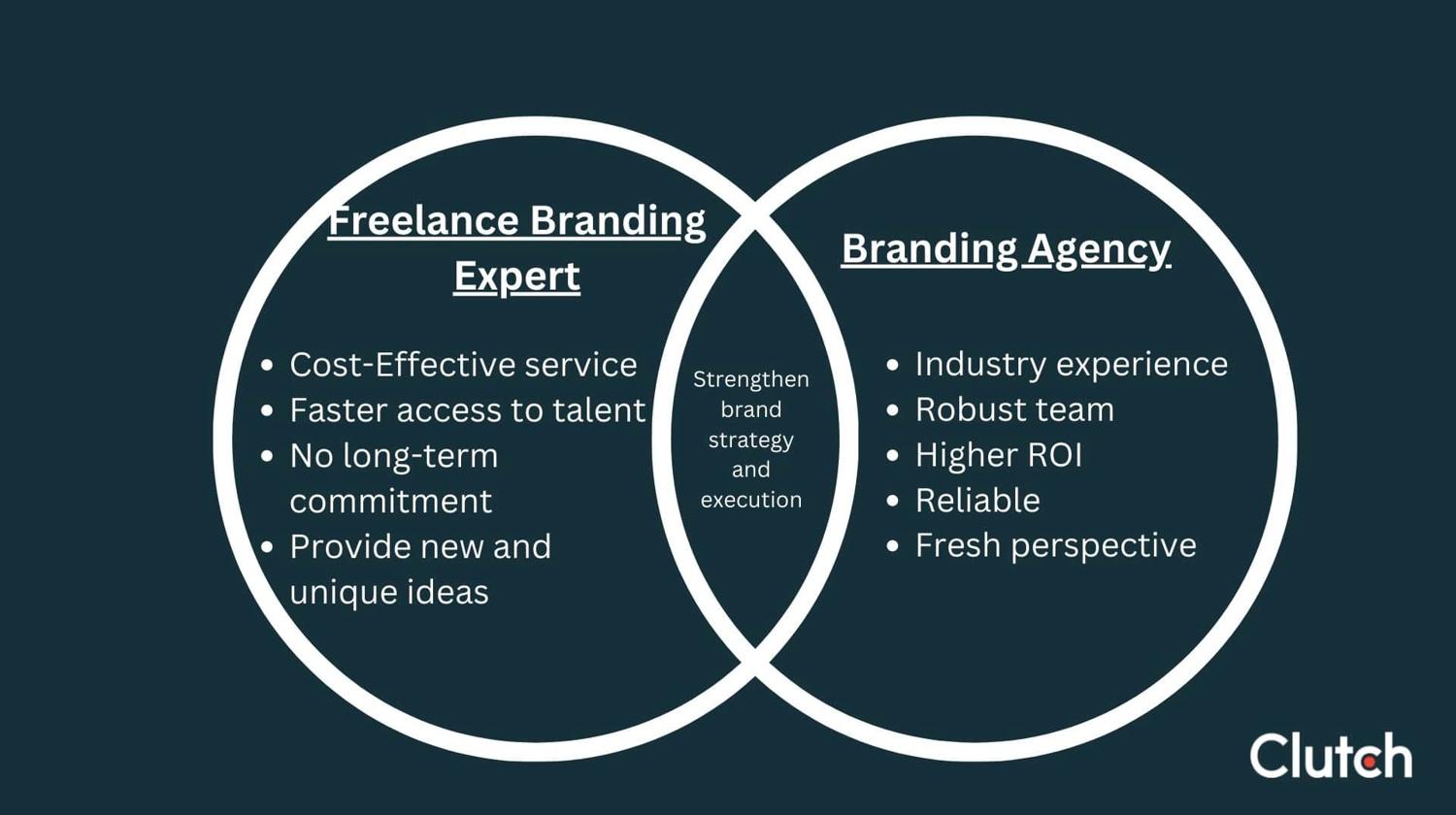
Freelance Branding Strategies
Establishing a strong personal brand is crucial for freelancers looking to stand out in a crowded market. Your brand should reflect your unique skills and personality, creating a memorable impression on potential clients. Start by defining your value proposition—what makes you the best choice for your target audience? This could involve *highlighting your expertise*, *emphasizing your unique approach*, or even *sharing your personal story*. Utilize platforms like LinkedIn, Instagram, or your personal website to showcase your portfolio and communicate your brand message effectively.
To reinforce your brand, consider adopting the following strategies:
- Create a cohesive visual identity—design a logo and select color schemes that represent your personality.
- Engage with your audience—participate in discussions relevant to your niche on social media, ensuring your voice is authentic.
- Leverage testimonials and referrals—happy clients can serve as your best advocates. Encourage reviews and share successful projects.
- Offer valuable content—consider blogging or creating informative videos related to your field, positioning yourself as an expert.
Utilizing a structured approach can further enhance your branding efforts. Consider the following template for your content strategy:
| Content Type | Frequency | Purpose |
|---|---|---|
| Blog Posts | Weekly | Establish expertise and drive traffic. |
| Social Media Updates | Daily | Engage audience and promote services. |
| Newsletters | Bi-weekly | Maintain client relationships and update them on new offerings. |

Freelancing in Graphic Design
Embarking on a journey as a freelance graphic designer opens up a world of creativity and flexibility. It’s an opportunity to turn your artistic vision into a fulfilling career, but like any endeavor, it requires a solid foundation and strategic planning. Start by cultivating your portfolio; your body of work is your primary marketing tool. Consider including:
- Personal Projects: Showcase your unique style and creativity.
- Client Work: Include case studies that highlight the problem-solving aspect of your design.
- Diverse Offerings: Demonstrate versatility by featuring a range of styles and formats.
As you establish your presence in the freelance landscape, understanding the business side is just as crucial as honing your craft. Setting competitive rates can be tricky; here’s a simple guide to help you navigate pricing:
| Experience Level | Hourly Rate |
|---|---|
| Beginner | $25 – $50 |
| Intermediate | $50 – $100 |
| Expert | $100+ |
Establish clear communication with clients, complete contracts, and set expectations to build lasting professional relationships. These fundamental steps will set the stage for a sustainable freelancing career in graphic design.
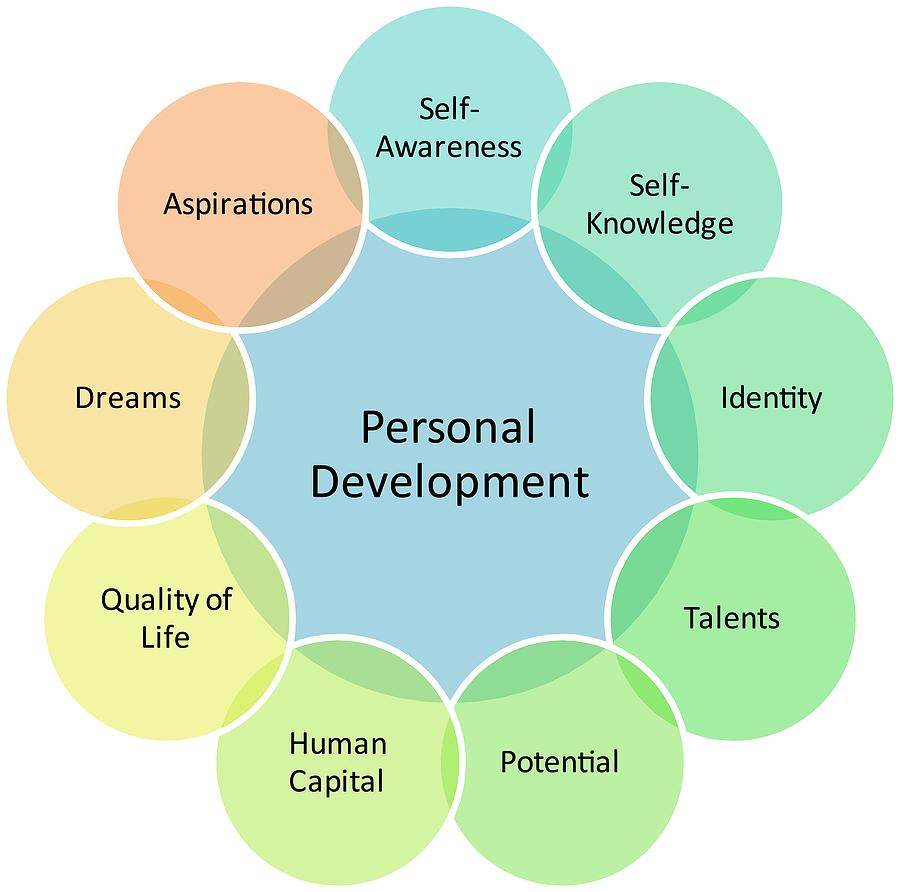
Freelance Personal Development
As you embark on your freelancing journey, investing in your personal development is essential to navigate the challenges and capitalize on the opportunities that come your way. Here are some key areas to focus on:
- Time Management: Mastering your schedule can significantly enhance productivity. Consider using tools like calendars and time-tracking apps.
- Networking Skills: Building relationships with clients and peers can open doors to new projects. Attend virtual meetups and join relevant online communities.
- Continuous Learning: Keep updating your skills with online courses and workshops. This commitment not only boosts your expertise but also increases your marketability.
Developing a strong mindset is equally crucial for success in freelancing. Consider these strategies to cultivate resilience and motivation:
- Set Clear Goals: Define both short-term and long-term objectives for your freelance career to maintain focus and direction.
- Embrace Feedback: Constructive criticism can be a powerful tool for growth. Be open to it and use it to refine your services.
- Establish a Healthy Routine: Balance work with self-care practices, ensuring you remain energized and engaged in your projects.
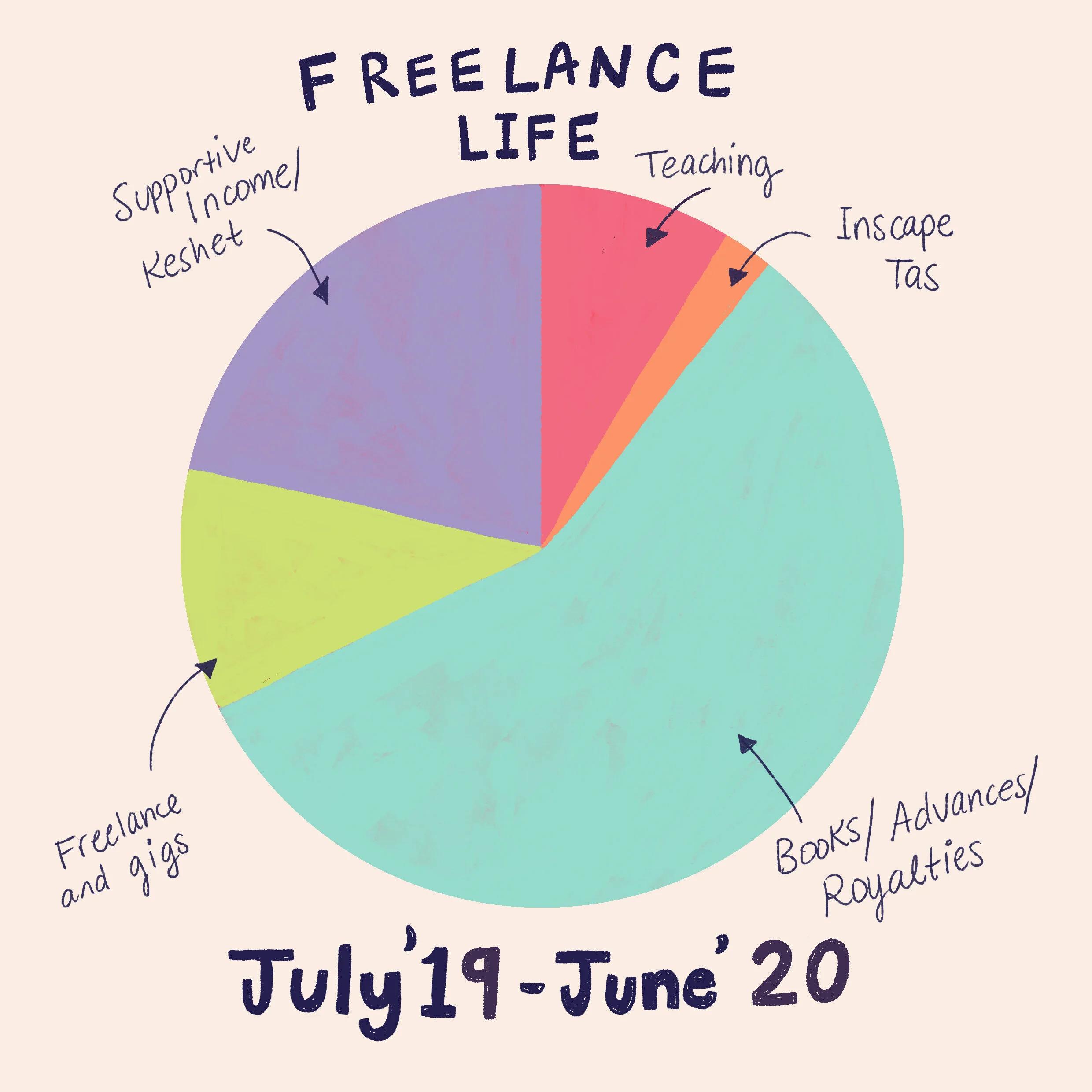
Freelance Income Diversification
Diversifying your income as a freelancer is not just a strategy; it’s a lifeline that can sustain you during lean times. By exploring multiple streams of income, you can safeguard your financial well-being while expanding your professional horizons. Here are some avenues worth considering:
- Freelance Projects: Engage with diverse clients across various industries.
- Passive Income: Create digital products like eBooks, courses, or templates to earn without active involvement.
- Affiliate Marketing: Promote products or services that align with your niche and earn commissions.
- Consulting: Share your expertise through one-on-one or group sessions.
Implementing these strategies can greatly enhance your earning potential. Moreover, keeping track of your different income streams can help you identify which areas thrive and warrant more focus. Below is a simple comparison table to illustrate the pros and cons of each income stream:
| Income Stream | Pros | Cons |
|---|---|---|
| Freelance Projects | Flexible hours, various clients | Income variability |
| Passive Income | Ongoing revenue potential | Initial time investment |
| Affiliate Marketing | Low entry barrier | Dependent on traffic |
| Consulting | High earning potential | May require niche expertise |

Freelance Career Growth
As you embark on your freelance journey, it’s essential to lay a solid foundation for continuous growth. Develop a clear understanding of your niche and actively engage in research to stay updated. Mastering essential skills is key; focus on both your primary expertise and complementary skills that can enhance your service offerings. Here are some strategies to foster your career growth:
- Networking: Build relationships with fellow freelancers and potential clients through social media and forums.
- Upskilling: Invest time in learning new tools and technologies relevant to your field.
- Feedback: Seek constructive criticism from clients to identify areas of improvement.
- Portfolio Development: Regularly update your portfolio with fresh projects to showcase your evolving skills.
Furthermore, setting goals is vital for tracking your progress and keeping you motivated. Consider incorporating both short-term and long-term objectives that challenge you to expand your capabilities. Utilize tools like milestone tables to visualize your achievements over time:
| Goal Type | Description | Timeframe |
|---|---|---|
| Short-term | Complete a new course related to your niche. | 1 month |
| Medium-term | Build a diverse portfolio with at least five new projects. | 6 months |
| Long-term | Establish a personal brand and attract consistent clients. | 1 year |
Freelance Market Trends 2024
The landscape of freelancing is evolving rapidly as we head into 2024. With the rise of digital nomadism, many are embracing a more flexible lifestyle, making it easier than ever to work remotely from anywhere in the world. Key trends shaping the freelance market include:
- Increased Specialization: Freelancers are honing in on niche markets, offering tailored services that distinguish them from generalist competitors.
- Remote Collaboration Tools: The proliferation of advanced technologies like AI and project management software enhances communication and efficiency among remote teams.
- Sustainable Freelancing: More professionals are advocating for work-life balance, emphasizing the importance of well-being in achieving long-term success.
Moreover, platforms dedicated to connecting freelancers with clients are experiencing substantial growth. These platforms not only streamline the hiring process but also facilitate a robust community where freelancers can share tips and resources. As we analyze the trends further, we see:
| Trend | Impact |
|---|---|
| Hybrid Work Models | Combination of freelance and part-time work to increase income stability. |
| Marketplace Diversification | Emerging platforms meet diverse needs, increasing options for freelancers. |
With these insights, new freelancers can position themselves strategically to navigate the shifting tides of the market effectively.
Concluding Remarks
As we close the chapter on this beginner’s guide to unlocking the world of freelancing, remember that success in this vibrant landscape is not just about talent—it’s also about resilience, adaptability, and a passion for your craft. Each brick laid in your freelance journey is an opportunity for growth, be it triumphs, challenges, or the lessons gleaned from both.
Embrace the freedom that freelancing offers, but also respect the responsibilities it entails. Stay curious, network generously, and continue honing your skills, for the learning never truly ends. Whether you’re writing, designing, consulting, or programming, your journey is uniquely yours, rich with potential and promise.
As you step into this dynamic field, keep this guide close and the horizon in sight. The world of freelancing is vast and brimming with possibilities—now it’s time for you to carve your own niche and thrive. Happy freelancing!
